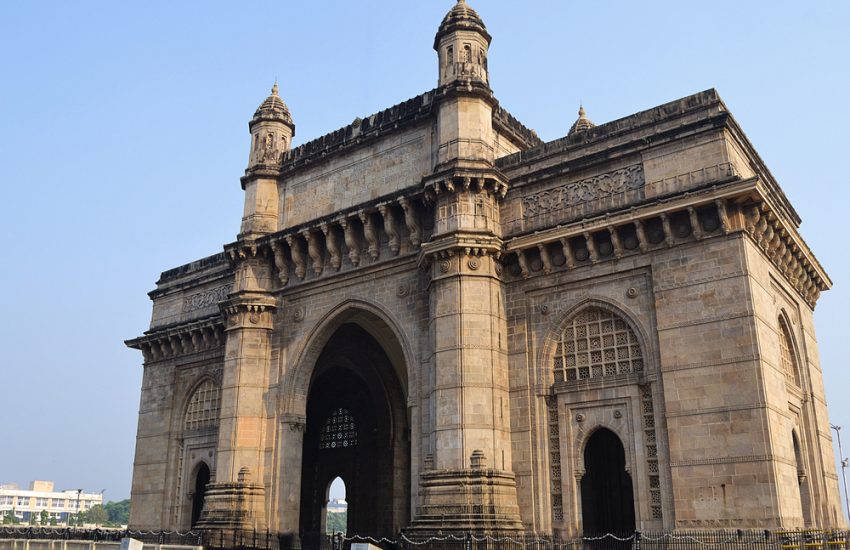India’s rich historical heritage is a tapestry woven with the threads of time, spanning thousands of years and encompassing a myriad of civilizations, cultures, and architectural marvels. From ancient monuments and UNESCO World Heritage Sites to royal palaces and historic cities, India offers travelers a treasure trove of historical treasures waiting to be explored. In this article, we embark on a journey through India’s historical heritage, delving into the stories, legends, and legacies that have shaped the country’s vibrant past and continue to inspire awe and wonder today.
Ancient Wonders: Tracing India’s Civilizational Roots
India’s historical heritage dates back to antiquity, with traces of ancient civilizations such as the Indus Valley Civilization, the Mauryan Empire, and the Gupta Empire scattered across the landscape. Sites such as Mohenjo-Daro and Harappa offer glimpses into the lives of early urban settlements, while ancient temples and cave complexes such as Ajanta and Ellora showcase the artistic and architectural achievements of early Indian civilization. Travelers can immerse themselves in the mysteries of the past, marveling at the intricate carvings, elaborate frescoes, and sacred rituals that have stood the test of time.
INDIAN VISA PHOTO REQUIREMENTS
Mughal Magnificence: Exploring India’s Imperial Legacy
The Mughal Empire left an indelible mark on India’s historical landscape, with its grand monuments, opulent palaces, and lush gardens serving as enduring symbols of imperial power and cultural splendor. From the iconic Taj Mahal in Agra to the majestic Red Fort in Delhi and the enchanting palaces of Jaipur and Udaipur, Mughal architecture reflects a synthesis of Persian, Indian, and Islamic influences that continues to captivate travelers with its beauty and grandeur. Exploring the legacy of the Mughal Empire offers travelers a glimpse into a bygone era of art, architecture, and imperial grandeur.
Royal Residences: Journeying Through India’s Princely States
India’s princely states were once home to a glittering array of royal palaces, forts, and havelis, each reflecting the unique architectural styles and cultural traditions of its ruling dynasty. From the opulent palaces of Rajasthan to the serene hill stations of Himachal Pradesh and the picturesque backwaters of Kerala, royal residences offer travelers a glimpse into the lives of India’s erstwhile royalty. Whether it’s exploring the labyrinthine corridors of Mehrangarh Fort, cruising along the serene waters of Lake Pichola, or marveling at the intricate frescoes of Shekhawati’s havelis, royal residences transport travelers to a bygone era of extravagance and elegance.
Colonial Legacies: Uncovering India’s Colonial Heritage
India’s colonial period left an indelible mark on its historical landscape, with traces of British, Portuguese, Dutch, and French influence visible in architecture, language, and culture. From the colonial-era buildings of Kolkata and Mumbai to the hill stations of Shimla and Darjeeling, colonial heritage sites offer travelers a glimpse into India’s complex colonial past. Exploring colonial legacies allows travelers to delve into the stories of trade, conquest, and resistance that shaped India’s history and continue to reverberate in its present-day cultural landscape.
Living Traditions: Experiencing India’s Cultural Heritage
India’s historical heritage is not confined to monuments and landmarks but is also alive in its living traditions, festivals, and cultural practices. From the vibrant colors of Holi and Diwali to the rhythmic beats of Kathak and Bharatanatyam, India’s cultural heritage is celebrated with fervor and enthusiasm throughout the year. Travelers can immerse themselves in the sights, sounds, and flavors of India’s rich cultural tapestry, participating in traditional rituals, attending cultural performances, and experiencing the warmth and hospitality of local communities.
INDIAN VISA PASSPORT REQUIREMENTS
Preservation and Conservation: Safeguarding India’s Heritage for Future Generations
Preserving India’s historical heritage is a collective responsibility that requires concerted efforts from government agencies, conservation organizations, and local communities. While many historical sites and monuments have been carefully preserved and restored, others remain at risk of neglect, vandalism, and encroachment. By raising awareness about the importance of heritage conservation, promoting sustainable tourism practices, and investing in preservation efforts, India can safeguard its historical treasures for future generations to enjoy.
Conclusion
India’s historical heritage is a testament to the country’s rich and diverse cultural legacy, spanning millennia of civilization, conquest, and cultural exchange. From ancient wonders and imperial splendor to colonial legacies and living traditions, India’s historical landscape offers travelers a fascinating journey through time and space. By exploring India’s historical treasures, travelers can gain insights into the country’s complex past, marvel at its architectural wonders, and immerse themselves in its vibrant cultural traditions. As custodians of India’s historical heritage, we have a responsibility to preserve, protect, and celebrate the timeless treasures that connect us to our shared history and heritage.
More articles: Volunteer Vacations: Giving Back While Traveling in India

